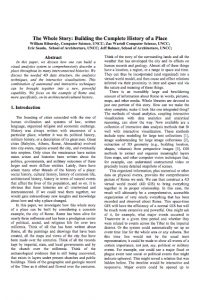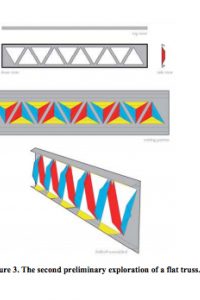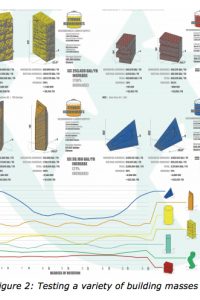Presentations/Publications

Architectural Design has ignored the natural processes of social segregation, letting other factors dominate the occupational organization of the built environment, ultimately isolating communities and their members. By incorporating modern social behavioral analytics into design logics, social spaces can facilitate more productive engagements between occupants. The goal is to create a more diverse and sustainable […]

In this paper, we discuss how one can build a visual analytics system to comprehensively describe a place throughout its many interconnected histories. We discuss the needed 4D data structure, the analytics techniques, and the interactive visualizations. This combination of automated and interactive techniques can be brought together into a new, powerful capability. We focus […]

The January 2011 Egyptian uprising in Tahrir Square was called a “Facebook revolution,” but its importance is not that it was solely digital, but rather that information and space were bound in an arena for social change. Some recent work analyzing the location of tweets within Cairo reveals a pattern that is directly tied to […]

“The design engineer, in his prioritizing of materialization, is the pilot figure of this cultural shift which we have termed ‘new structuralism.’”(Oxman, Oxman, 2010) “It [architecture] must become more primitive in terms of meeting the most fundamental human needs with an economy of expression and mediating man’s relationship with the world…and more sophisticated in the […]

In this paper, we will examine the impacts and potential for Wind Drive Rain to be harvested on the facades of buildings, and will describe a plug-in tool for schematic design for Autodesk Revit, which can assist in the definition of optimal geometries and orientation for a building to harvest water in its particular location […]
By designing the geometry of a form through its material constraints, we can minimize the amount of customized components while maximizing form-making possibilities and ease of construction. This paper will outline our research demonstrating how architects might expand these systemic processes to larger objects and systems using a combination of relatively simple geometric definitions along […]